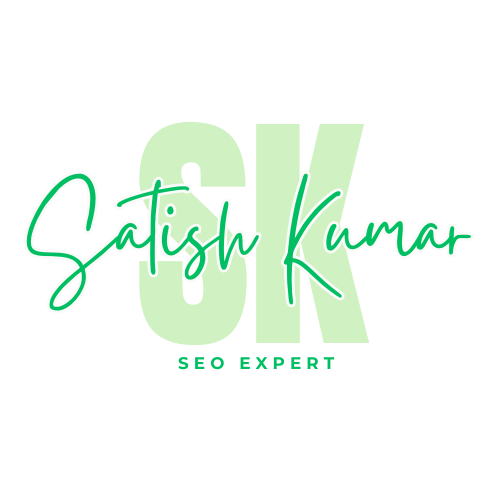How would you describe your team? Is it a group of individuals who share similar values, or does everyone bring something unique to the table?
The team page is a great way to showcase your company culture. It allows you to highlight your employees’ strengths and accomplishments, and shows potential clients why they should choose your brand over competitors.
A well-designed team page can increase your chances of winning new customers. If you want to create a strong impression on potential clients, consider these 15+ examples of effective team pages.
How to Create an Effective Marketing Strategy for Your Business
If there’s anything we’ve learned from our years in business, it’s that marketing isn’t just about creating content. In fact, if you’re not actively engaging with your audience through social media, email marketing, and other online channels, then you could be missing out on a lot of opportunities.
To help you get started, here are some tips to make sure your strategy aligns with your goals:
1. Know what you want to accomplish
Before you start crafting your plan, think about what you’d like to achieve with your marketing efforts. Are you looking to attract more customers? Increase sales? Improve engagement? Whatever your goal is, write it down so you have a clear idea of where you want to go.
2. Define your target market
Once you know what you want to accomplish, it’s time to figure out who you want to reach. You may already have a list of people you’d like to work with, but it never hurts to double check.
3. Determine how you’ll measure success
Now that you know who you’re targeting, it’s important to decide how you’ll track your progress. Do you want to see which campaigns generate leads? Which ones drive conversions? Or maybe you want to focus on increasing overall awareness of your brand.
4. Choose your tools
There are plenty of ways to measure your success, but only a few will give you actionable insights. For example, Google Analytics will show you whether your website traffic has increased since last month, while HubSpot will let you know which posts were most popular.
5. Start small
You don’t need to spend thousands of dollars on marketing software before you even launch. Instead, try testing different platforms and apps on your own site first. You can always upgrade later when you find the right fit.
6. Test, test, test
When you’re ready to roll out your full campaign, it’s crucial to do A/B split tests. This means running two versions of your landing page side by side, and seeing which version converts better.
7. Be consistent
It might seem obvious, but consistency is key. Make sure all of your content looks the same across all of your channels. That way, users won’t notice any differences between them.
8. Don’t forget SEO
Search engine optimization (SEO) is still very much alive today. Even though many companies claim to offer this service, you shouldn’t pay until you see results. To learn more about SEO, read our guide on how to optimize your site for search engines.
9. Get creative
Don’t limit yourself to traditional methods. Use video, infographics, or podcasts to engage your audience. The possibilities are endless!
10. Stay organized
Make sure you keep up with all of your data. If you use Google Sheets, create separate spreadsheets for each channel you’re using. Then, you can easily compare conversion rates, demographics, and more.
11. Keep learning
Marketing doesn’t end once your campaign launches. It’s important to stay ahead of trends so you can continue to grow as a company. Read blogs, follow influencers, and ask questions whenever possible.
12. Have fun
Last but certainly not least, remember to enjoy yourself along the way. When you put too much pressure on yourself, you’ll inevitably fail. So make sure you take some time off every now and then.



0 Comments